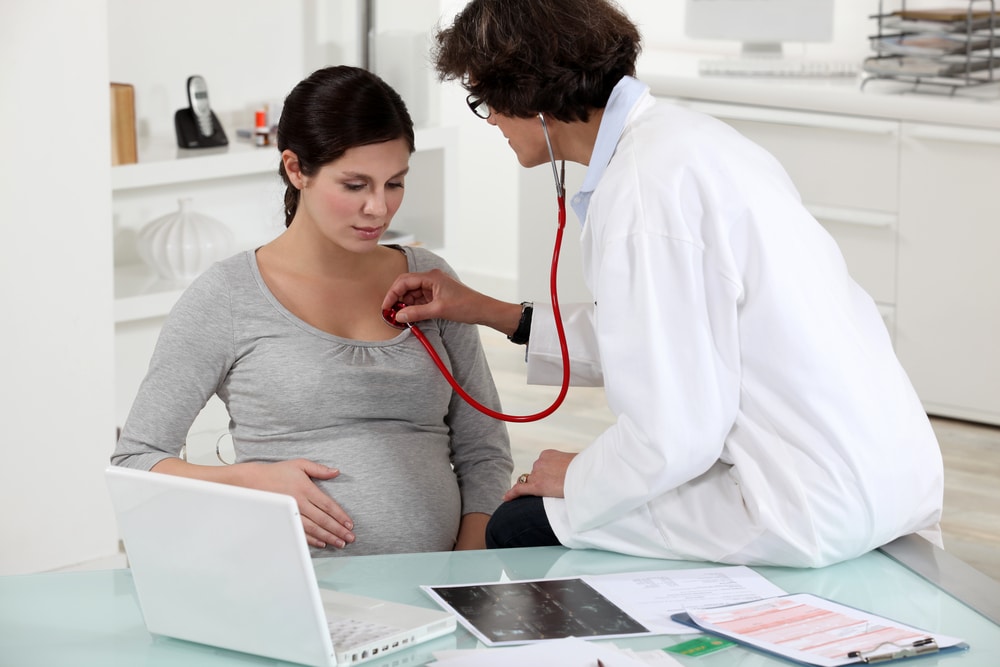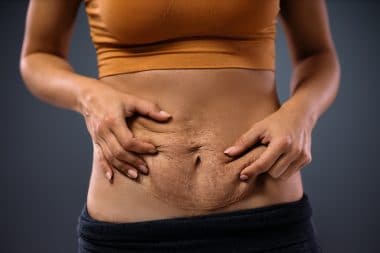A cesarean section is a surgical procedure used to deliver a baby when a vaginal delivery poses too much danger to the health of the baby or the mother. In the U.S. the number of cesarean section deliveries continues to rise each decade. In the 1970’s the rate of c-sections was 6%, in the 1980’s it had risen to 17% and by the 1990’s it had reached 23%. During the year 2005 the rate had reached an astounding 30% of births.
As more and more women are undergoing this procedure to deliver their baby they are also faced with their own body challenges after a cesarean birth. Research has shown that recovery from a vaginal birth is quicker and has fewer complications for the mother and baby.
The stress of delivery through the birth canal actually helps the baby to adjust to life outside the womb. The squeezing action through the canal helps to empty the lungs of any excess fluid and improve the lung function of the baby.
After a cesarean section the mother has a greater risk of infection, excessive bleeding, blood clots, more post-partum pain and longer hospital stays. All of these factors are important in understanding your body after a cesarean birth.
Regaining your pre-pregnancy body will take up to one year — especially if mom is breastfeeding. Remembering that it took 9 months to get into that condition it can take up to 9 months to lose the weight, vagina to regain muscle tone and sexual sensitivity to revert back to pre-pregnancy status.
Some women report some permanent changes to their bodies that include nerve numbness of the lower legs or abdomen over the incision site, a ‘shelf’ of muscle and fat of the incision that doesn’t disappear and a surgical scar.
Other more permanent changes are from the pregnancy itself such as increased breast size, widening of the hips, stretch marks, and potentially widening of the rib cage. The stretch marks are noticeably dark purple in color initially and then fade to white or light pink over time.
For some women the weight gained during pregnancy can be very difficult to lose. It appears the younger the woman when she gives birth the easier it may be to lose the weight associated with pregnancy. This may be that as women age their metabolism also slows making weight loss even more difficult.
Your body after a cesarean birth will never be the same. Not because the cesarean section caused permanent damage to the organs and skin but rather because pregnancy itself changes the bodies of women in such a way that they are never really the same. This doesn’t mean they are worse or better — just not the same.






Reply